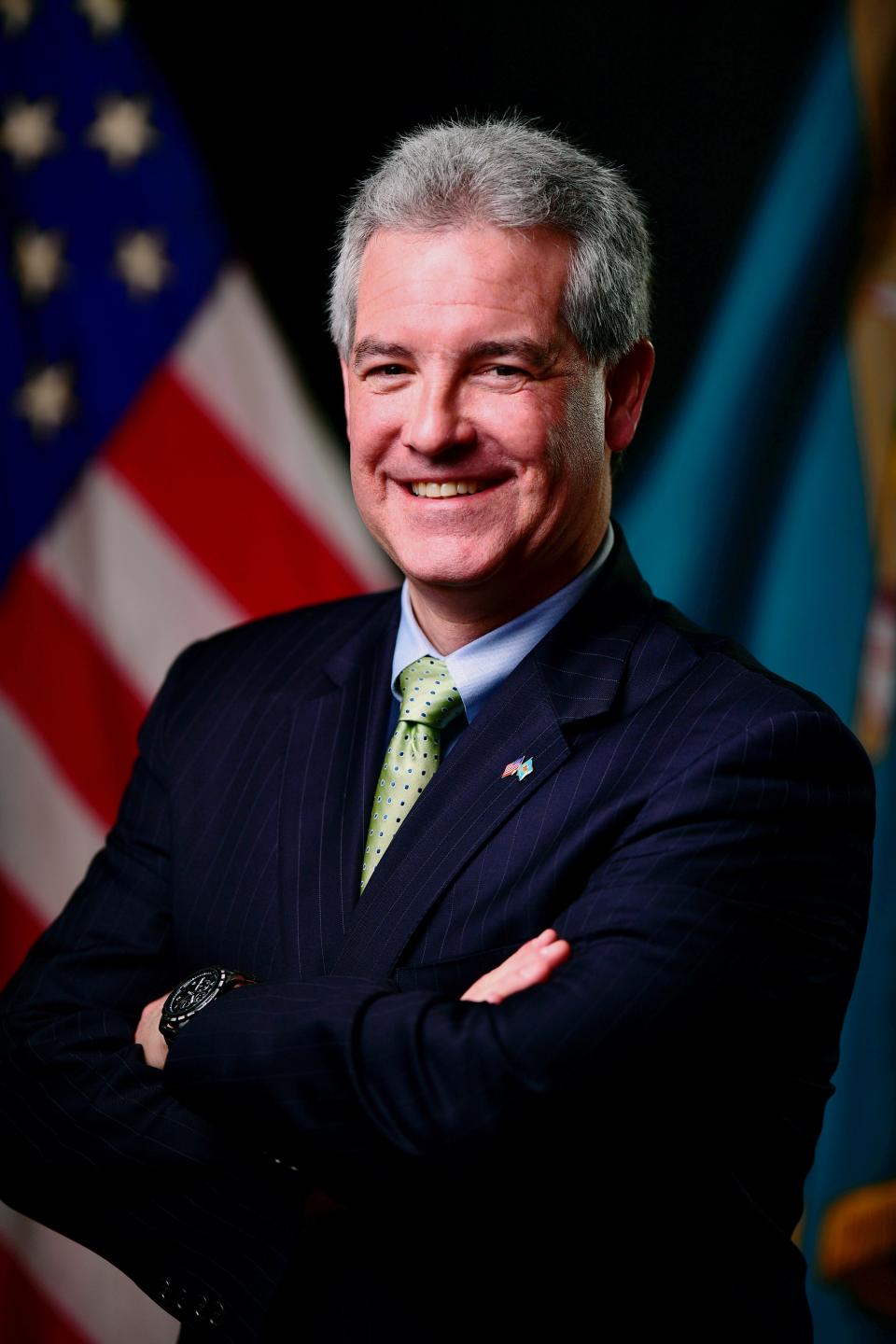Delaware can use this blueprint to address climate change
Climate change is one of the greatest challenges any of us will face in our lifetimes, and it requires all of us to work together to help preserve the Earth and secure a sustainable future for our children and grandchildren.
That’s why we’re proud to recognize the second anniversary of the Delaware Climate Action Plan, a practical playbook for our state to tackle climate change and respond to the ways it is changing our world through reducing pollution and increasing our resiliency.
The plan developed by the Department of Natural Resources and Environmental Control enables us to mitigate the worst effects of climate change while we take proactive steps to get out in front of it. The plan identifies action areas for decreasing emissions while providing strategies for the state’s adapting to the effects of a warming climate.

Key emission reduction strategies include a transition to clean and renewable energy, implementing energy efficiency measures, shifting to cleaner transportation sources and offsetting carbon emissions by maximizing the potential of our forests and farms to store carbon. Through adaptation strategies include new or updated regulations, trainings, management plans, research, outreach, agency support and more.
The product of a yearlong process involving Delawareans from throughout the state, the Climate Action Plan is the most detailed approach we have produced so far for addressing climate change.
And make no mistake, climate change is here. Burning of coal, gas and oil means that greenhouse gases like carbon dioxide have reached record levels in our atmosphere, raising temperatures around the globe. The impacts of climate change differ across the globe and across Delaware, where we’re seeing more intense storms and flooding, warmer temperatures and sea level rise — effects expected to worsen in the coming years.
Extreme weather is threatening farmers’ crops, overwhelming our infrastructure and raising energy costs around the state. Climate change threatens our multibillion-dollar tourism and agriculture industries, along with the tens of thousands of jobs they support. It’s also detrimental to the health of the general population, and dealing with climate change impacts poses a major risk for the financial well-being of our state and local governments. In short, it touches nearly every area of our economy.
While climate change affects all our communities, it does not do so equally. Working to assist underserved and overburdened communities, which are among the hardest hit by climate change, is among the most important things we can do in Delaware. That’s why DNREC has made environmental justice a focus of our work, hiring an environmental justice coordinator to help us address issues faced by these traditionally marginalized communities.
Gov. John Carney has taken bold steps in 2023, signing multiple environmental bills that build on what DNREC is already doing. But we’re not stopping there.
Since the Climate Action Plan was released in November 2021, we’ve launched the Tree for Every Delawarean Initiative, extended a grant program for fast electric vehicle charging stations, began a low- to moderate-income solar pilot program, and started the Climate Leadership Academy – an important initiative that educates government officials and local decision-makers about climate change and solutions to the problems we face.
Our Weatherization Assistance Program has already helped thousands of lower-income Delawareans reduce the cost of their energy bills by providing weatherstripping, insulation and energy-saving light bulbs at no cost, thus making their homes more energy efficient.
Following the strategies and actions laid out in the Climate Action Plan will allow us to hit our 2025 target of reducing emissions at least 26 percent from 2005 levels and set us on a course for further emissions reductions to come.
As we work to decrease emissions, we’re also taking big steps to update our infrastructure, which was built for the world of 50-plus years ago. Once-in-a-century storms have become increasingly common, overtaxing our pipes and flooding our roadways.
We’ll need to expand stormwater ponds, work toward making our homes more energy efficient and implement urban green areas to provide shade in a sea of concrete.
The challenges are great, but we should look at this as an opportunity to innovate, to transition our economy away from greenhouse gases and other harmful effects, to let the small but mighty state of Delaware become a leader in tackling climate change. Our size lets us be nimble, responding quickly with all hands on deck while being flexible and innovative. It’s one of our greatest strengths and is something that heartens me as I think about the challenges we face.
Climate change is perhaps the main threat of the 21st century. Working together, we can make sure we respond in a way that avoids the worst impacts of it.
Shawn Garvin is cabinet secretary for the Delaware Department of Natural Resources and Environmental Control.

This article originally appeared on NorthJersey.com: Delaware's Climate Action Plan addresses climate change

